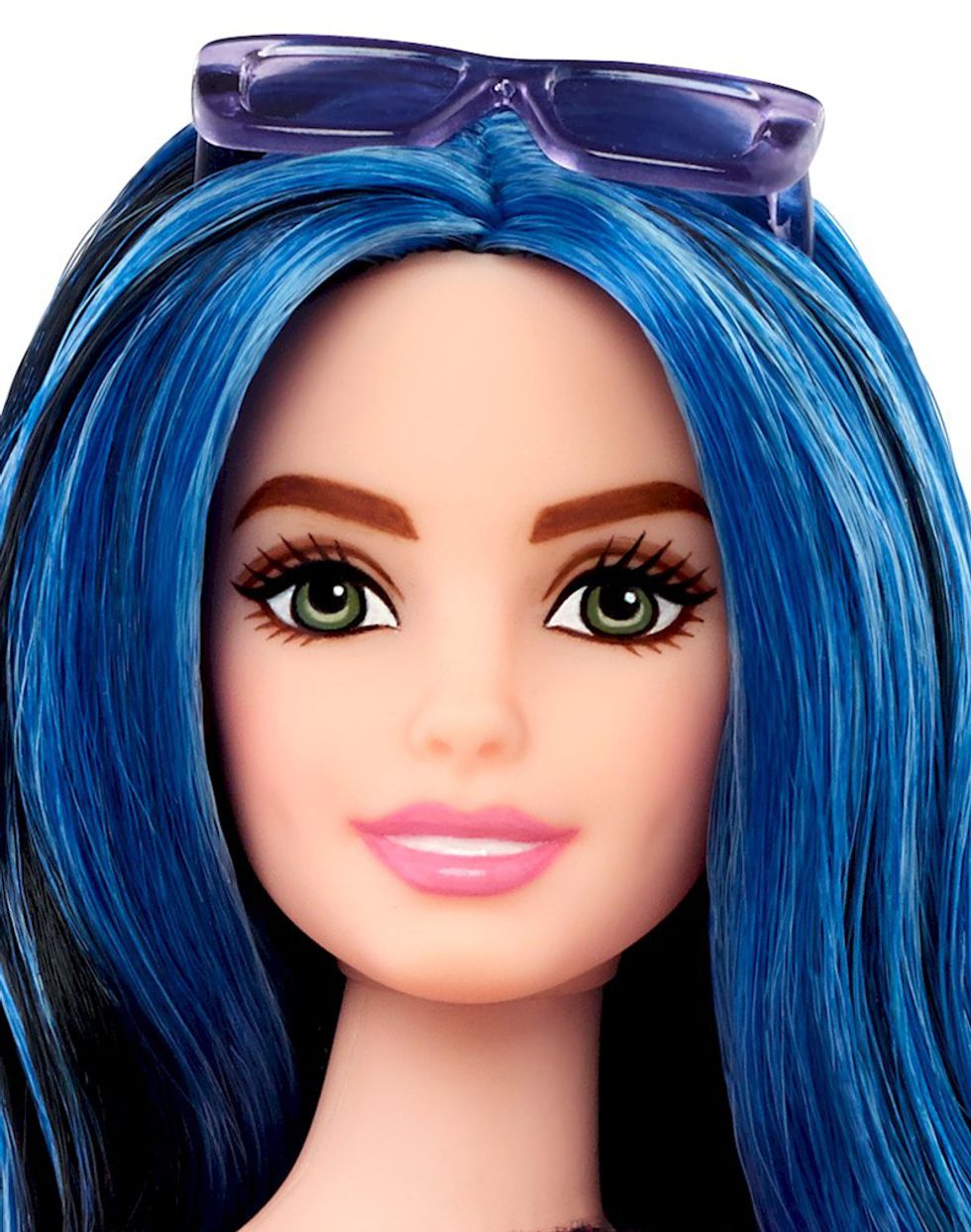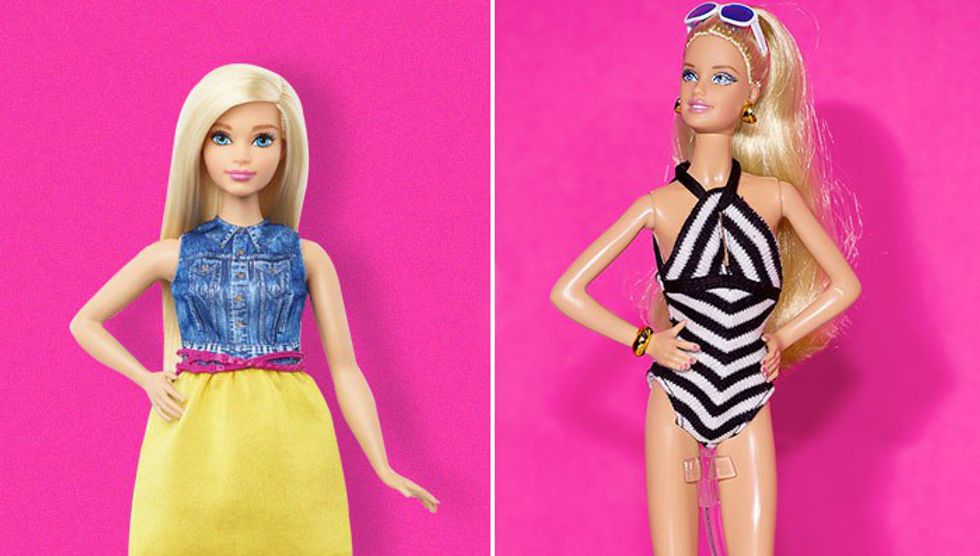Growing up, my only dolls were blonde haired, blue-eyed plastic figurines that unknowingly affected my perception of beauty. Although the company did sell dolls of color, going to the toy store, one could pick out the Barbie aisle with ease. It was the one covered in pink, and the token platinum blonde hair shined through each box.
Now, however, with the standards of beauty being more accepting, and with female figures such as Ashley Graham gaining popularity, it would only make sense for doll companies, like Barbie, to add a greater variety of skin colors, and more recently, body types to their collection. The three new body types were introduced in January of 2016 and include, tall, petite, and curvy. The company announced their additions through a video. If you haven't seen it here it is:
As seen through the video, Barbie included a large variety of not only new body types, but also skin colors, and even hair colors and textures. The company explained that they wanted to represent the women that one sees everyday, and that was obviously portrayed through their work. The designers explained that each of the body types have their own line of clothing; the plus sized clothes only fit the plus sized doll. While there are some obvious differences to the dolls like the body types, with a closer look, one can see that the designers added small details that incorporate into the "realness" of the dolls.
A couple of the dolls from the collection, for example can be seen with dimples as they smile, a feature that was never sported by another Barbie. One of them is pictured here.
Similarly, when one compares a Barbie from 2012 to one of the new dolls, they seem to have a more natural, make-up free face. Perhaps this is because the Barbie designers want girls to accept their natural features. This has led to the make-up free face that was recently introduced. The comparison can be seen below.
One of my favorite differences between the old dolls and the new are the fact that the new Barbies have flat feet. Before this new collection, Barbie had small, pointed feet that were molded to fit perfectly into a high heel. The only dolls we saw with flat feet in the past were with Barbie's little sisters. Now, though, all of the dolls can be seen having proportionate feet that can wear heels, flats, and even sneakers.
While all of these changes are a great step in the right direction, one must question the motives of the minds behind Barbie. Do the designers actually believe that Barbie needs a makeover, or do they just want to get their sales up? Recently, Barbie has gotten a bad name with phrases like, "as fake as a Barbie doll." In turn, Barbie has earned a reputation for being superficial, ditzy, and weak in comparison to the strong female protagonists being portrayed in the media recently. This led to an obvious decline in sales over the past couple of years.
In 2014, it was said that the Elsa doll from Disney surpassed Barbie in sales. This is due to the fact that Elsa is a brave, loving, realistic character that young girls could relate to. Girls are not just interested in shopping and finding Ken anymore. Lego has also been known for passing Barbie in sales among girls. Other doll companies, such as Lammily --a doll that has proportions exactly like the human body -- gained popularity in the past couple of years. Therefore, one has to question the minds behind Barbie's newest collection. Do these people really want to represent everyday women, or are they just trying to get back into people's homes?
Either way, it's refreshing to see a new cast in the world of Barbie, and I personally can't wait to potentially raise a daughter in a new era of doll-making where all bodies and colors are accepted, because after all, we aren't all made of plastic.























